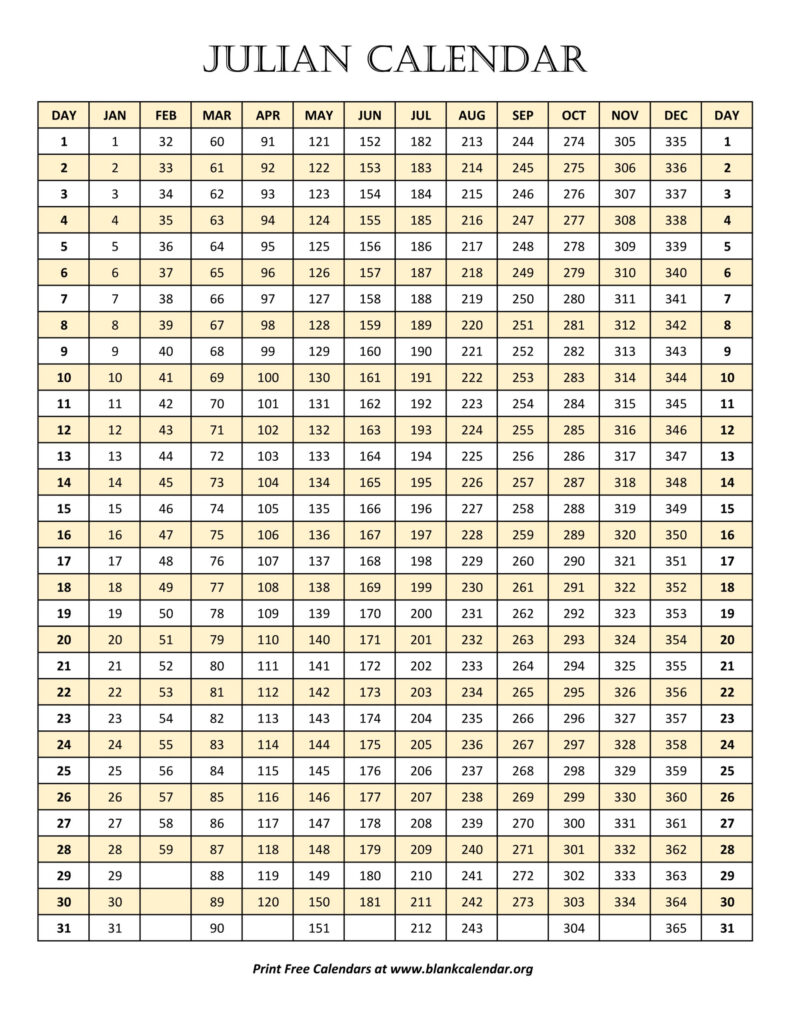The Julian calendar is a calendar system that was introduced by Julius Caesar in 45 BC. It was a reform of the Roman calendar and was used in Europe for more than 1,600 years. The Julian calendar was based on the solar year, with a year consisting of 365 days divided into 12 months. This calendar system was in use until the Gregorian calendar was introduced in 1582.
Julius Caesar introduced the Julian calendar to address the inaccuracies of the Roman calendar, which was based on the lunar year. The Julian calendar was based on the solar year, with a year consisting of 365 days and a leap year occurring every four years to account for the extra quarter of a day in the solar year. The calendar was named after Julius Caesar and was implemented by his astronomer, Sosigenes of Alexandria.
Beginning Of Julian Calendar
Impact and Legacy of the Julian Calendar
The Julian calendar had a significant impact on the way time was measured and organized in Western civilization. It standardized the length of the year and the months, making it easier to plan agricultural activities and other events. The calendar was used by various cultures and religions for centuries, with some Eastern Orthodox churches still using it for calculating the date of Easter. The Julian calendar laid the groundwork for the Gregorian calendar, which is now the most widely used calendar system in the world.
